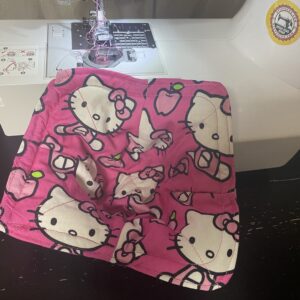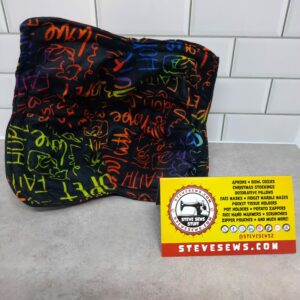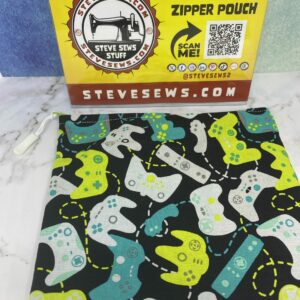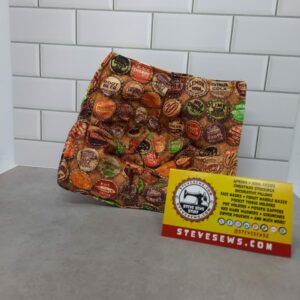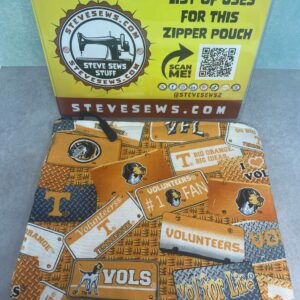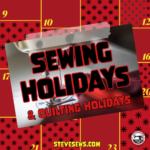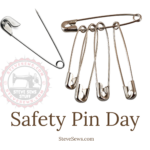Thread Tension – how taught the thread is going through the sewing machine. #threadtension
Thread Tension
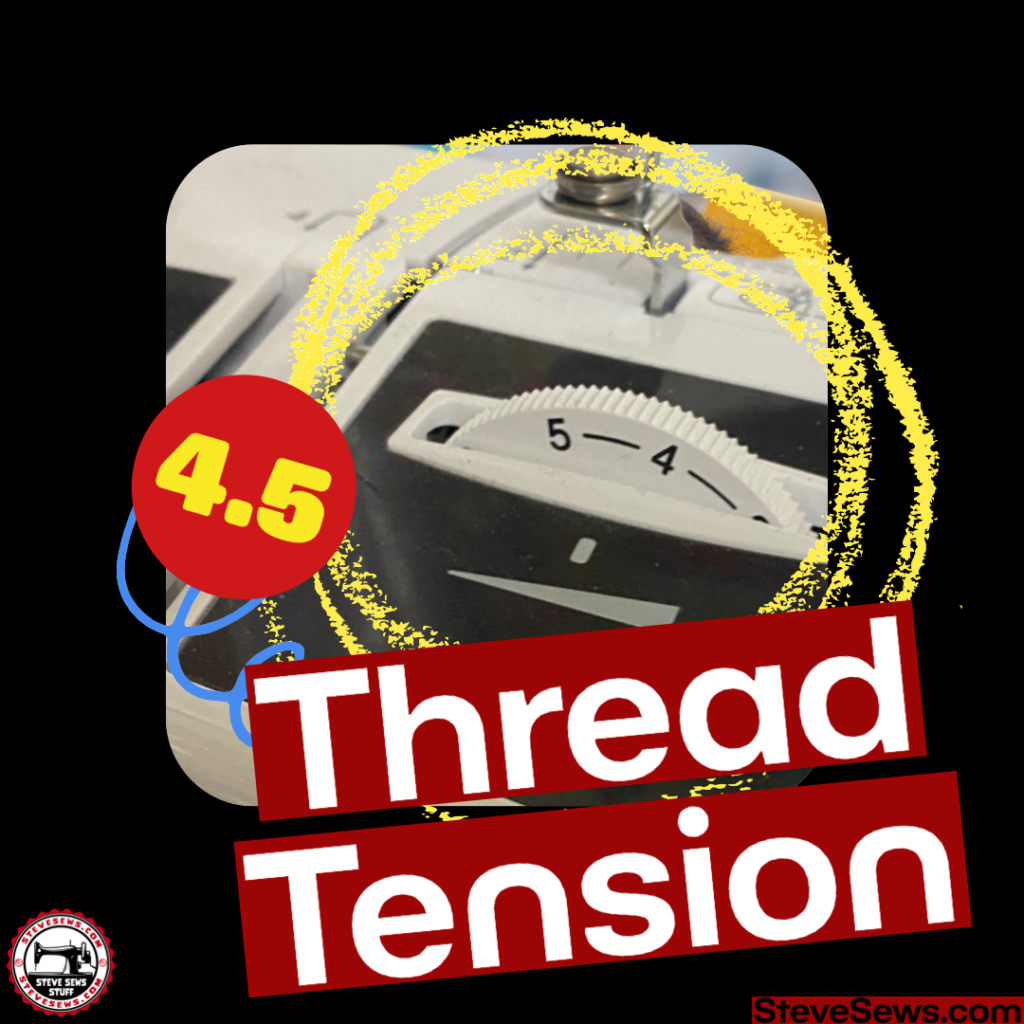
This week’s Thread Thursday is about Thread Tension. The tension of the thread is controlled in Two spots.
Tension is how taught or tight the thread is traveling through the sewing machine.
- Top – Where the top thread travels through the tension discs, they are at the top of your sewing machine.
- Bottom – In the bobbin case.
The Top Tension
Sewing machine tension refers to the amount of resistance on the upper thread as it is pulled through the machine. The tension can be adjusted by changing the tension dial on the sewing machine. There are two types of tension on a sewing machine – upper thread tension and bobbin thread tension. The upper thread tension controls the tension of the thread as it is pulled through the machine, while the bobbin thread tension controls the tension of the thread as it is pulled from the bobbin.
The top tension is easy to adjust by changing the dial at the top. You’d adjust this for the thickness of fabrics and/or button holes.
The settings go from 0 to 9. Most people suggest using 4.5 for default sewing. The higher the number, the more tension and where the discs move closer together. While the lower number setting, decreases the tension and moves the disc further apart.
So a 0 thread tension setting means the least amount of tension, a 9 thread tension setting is the most tension.
Sewing Machine Tension Settings
Most sewing machines have a tension range from 0 to 9, with 0 being the loosest tension setting and 9 being the tightest. Here is a breakdown of what each tension setting is good for:
0 – This setting is the loosest tension and is recommended for thick or heavy fabrics like denim, canvas, or upholstery fabrics. A loose tension setting will prevent the thread from breaking or bunching up when sewing through thick layers. (It is Not fed through the feed dogs).
1-3 – These settings are good for lightweight fabrics like silk, chiffon, or organza. A lower tension setting will help prevent the fabric from puckering or being pulled too tight, which can distort the fabric.
4-6 – These settings are good for medium weight fabrics like cotton, linen, or rayon. This is the default tension setting for most sewing projects.
7-9 – These settings are good for decorative stitches or for sewing through several layers of fabric. A tighter tension setting will create a stronger, tighter stitch that is less likely to come apart.
It’s important to note that tension settings may vary depending on the type of fabric, thread, and needle being used. It’s always a good idea to test your tension settings on a scrap piece of fabric before starting your project.
The Bottom Tension
While the bottom bobbin tension is adjusted by a screw near the bottom bobbin case. This tension, you would rarely ever adjust for sewing.
You adjust this setting to adjust for thin or thicker threads. In some cases, after many years of use, the screw may need to be readjusted.
Just think top to adjust for the thickness of fabrics and the bottom to adjust for the thickness of thread.
It’s important to note that tension settings may vary depending on the type of fabric, thread, and needle being used. It’s always a good idea to test your tension settings on a scrap piece of fabric before starting your project.
In conclusion, understanding sewing machine tension settings is an essential skill for anyone using a sewing machine. Knowing what each tension setting is good for can help you achieve professional-looking stitches on a variety of fabrics. By practicing and experimenting with different tension settings, you’ll become more confident and skilled at sewing with a variety of fabrics and threads.
Do you have any tips or tricks when it comes to sewing tension that you’d like to share. Feel free to share in the comments below.
Upcoming Events
This is a list of the upcoming events that Steve Sews will be at. If you know of one in the East Tennessee area, let me know.
None at this time. Check back later.
Meet …
Meet the staff and/or equipment for Steve Sews.
- Brother Stitch (Current Sewing Machine)
- Forge (Circuit)
- Interns
- Lovees (Stuffed Animals)
- Mendi (My Wife’s Sewing Machine)
- Rosie (Antique Sewing Machine)
- Steve (Steve himself)
- The Masked Bandit (Steve’s older Sewing Machine)
- Trainees
- Van the T-Rex (Helper)
- Zee (Face Mask Model)

SUBSCRIBE TODAY!
Don’t miss a single blog post about sewing, quilting, crafts, and recipes! Plus so much more!

Follow on WordPress
Follow Steve Sews Stuff on WordPress.comFollow Steve Sews Stuff on Social Media:
You can also choose to follow Steve Sews Stuff on social media as well. (@SteveSews2)
Below are some examples of blog entries from all blogs that I do. (Courageous Christian Father, Steve Sews Stuff and SteveZ DesignZ).
Recent Feed of All of Steve’s Blogs
Recent Posts on Steve Sews
Below is a list of the most recent blog posts found on Steve Sews for you to check out.
Clipart: Unsplash, Pixabay, Pexels, Openverse, Adobe Express, Adobe Stock, FreePik, MetroCreative, Wonder AI, Algo AI and more. This site uses Amazon Affiliate Ads & Google Ads.


